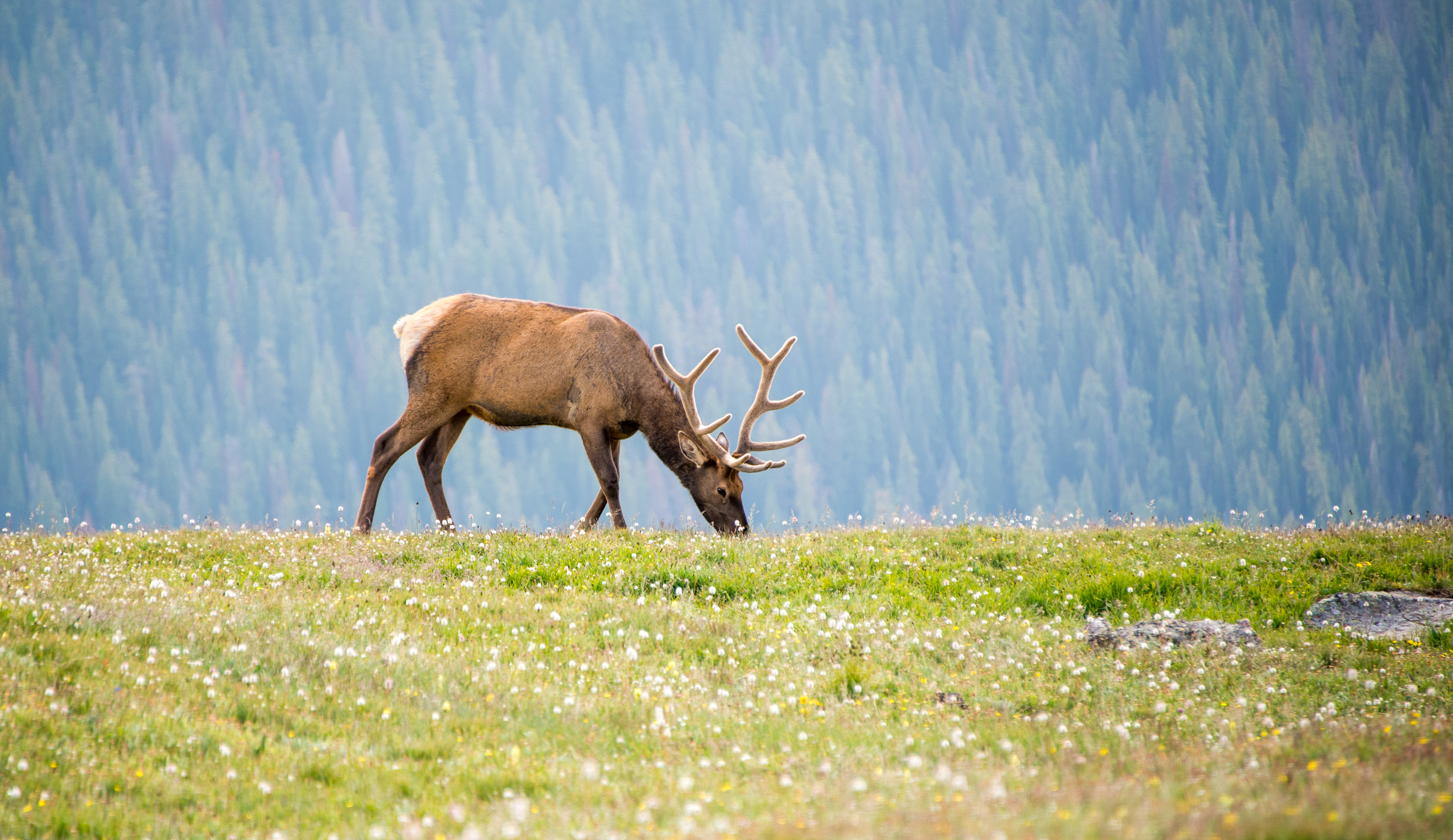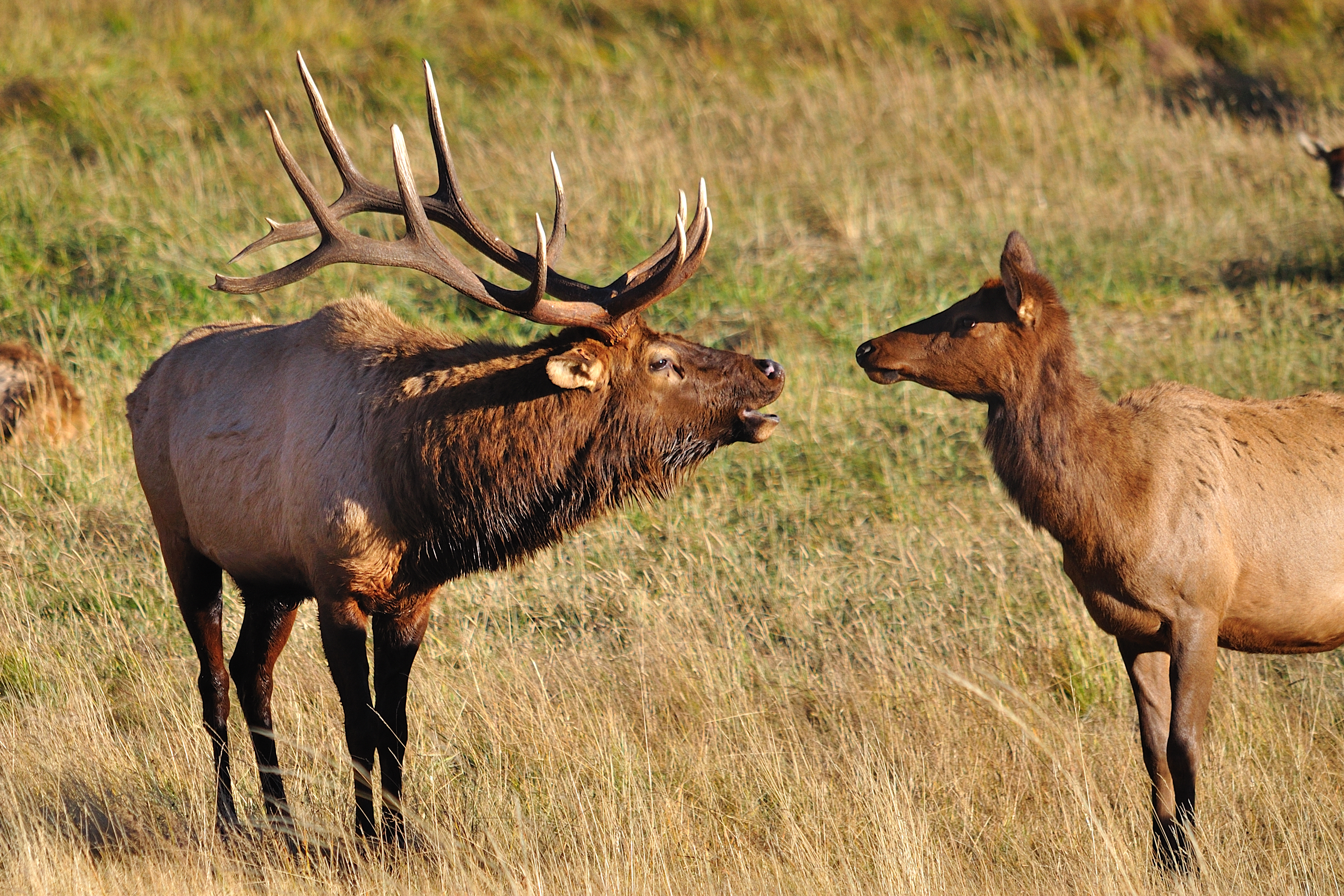By Shandra Furtado, Communications Intern
Hundreds of years ago, an estimated 10 million Elk roamed North America. Today, with only a fraction of that population confined to their now limited habitat, the elk signifies the wildest places in the country. Traveling to these places gives a glimpse into the past, giving an idea of how the country was before settlement when elk roamed the North American continent with ease.
American Forests is giving you a chance to experience the American West in all of its splendor through our fall expedition to Rocky Mountain National Park.
Long ago, when the elk populated the continent in such a widespread manner, Western Native American culture gave the elk a significant role. Before European settlers, they relied on elk for food and even the inedible parts were not left to waste. They used hides as blankets and robes, and some tribes even used them to cover their tipis. They used the canine teeth and antlers as decorative clothing accessories and jewelry. They had been painting and carving elk images into cliffs for thousands of years before settlers even arrived.
Yet, when settlers arrived a mass butchery of these beloved creatures began to slowly take place over the next few hundred years. Today, only 10 percent of the original population are still around. The strong hold this species had on all habitat types of North America slowly started to diminish, as the elk could only survive in the most remote areas of the country where humans were at a distance.
Rocky Mountain National Park is the perfect place for humans and elk to strike a balance. The elk are able to roam freely while humans can admire from afar.
American Forests’ Rocky Mountain National Park trip will take place during the height of the rutting period, or mating season. At this time, the female cows are gathered into small harems by the male bulls. At this time, the bulls preform an act they are most known for: bugling. The bugle starts throaty and progresses to a whistle, ending in a series of low grunts. The combination of the large harems and the sound of the bugle gives an insight into the truly majestic nature of these iconic creatures.
Join us in September by registering online and get the chance to see the elk in action!

